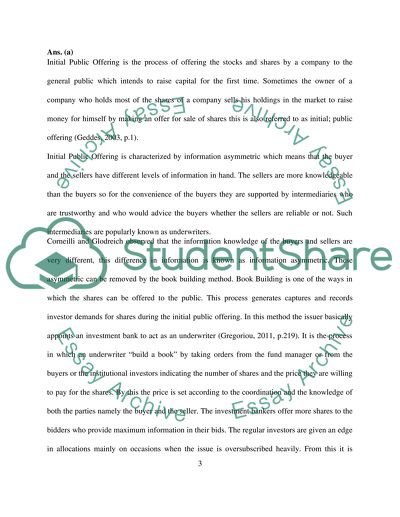Cite this document
(“Corporate Finance/the corporate form and initial public offerings Assignment”, n.d.)
Corporate Finance/the corporate form and initial public offerings Assignment. Retrieved from https://studentshare.org/finance-accounting/1467152-corporate-finance-the-corporate-form-and-initial
Corporate Finance/the corporate form and initial public offerings Assignment. Retrieved from https://studentshare.org/finance-accounting/1467152-corporate-finance-the-corporate-form-and-initial
(Corporate Finance/The Corporate Form and Initial Public Offerings Assignment)
Corporate Finance/The Corporate Form and Initial Public Offerings Assignment. https://studentshare.org/finance-accounting/1467152-corporate-finance-the-corporate-form-and-initial.
Corporate Finance/The Corporate Form and Initial Public Offerings Assignment. https://studentshare.org/finance-accounting/1467152-corporate-finance-the-corporate-form-and-initial.
“Corporate Finance/The Corporate Form and Initial Public Offerings Assignment”, n.d. https://studentshare.org/finance-accounting/1467152-corporate-finance-the-corporate-form-and-initial.


